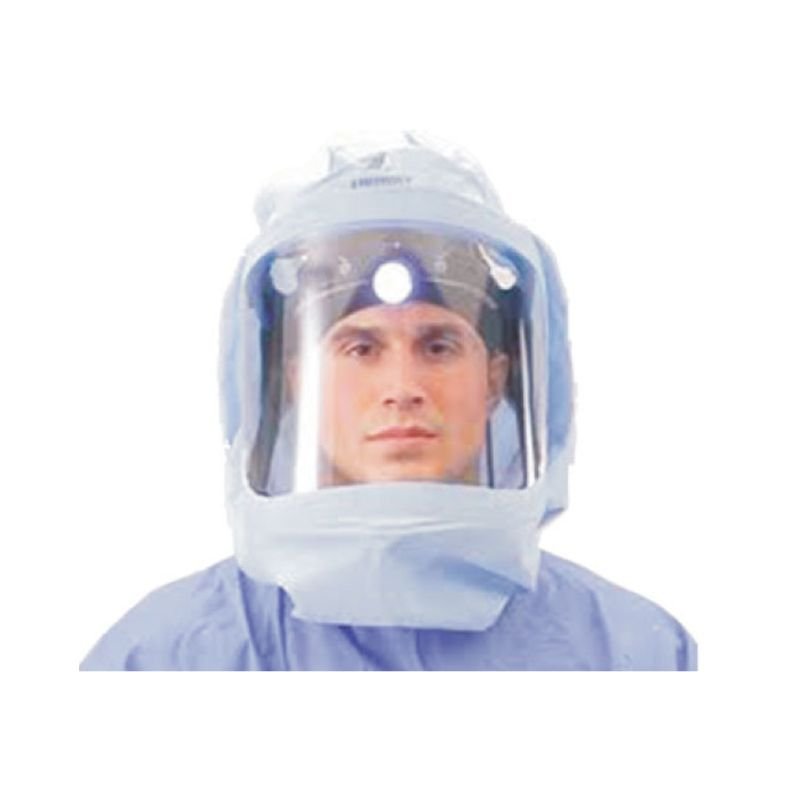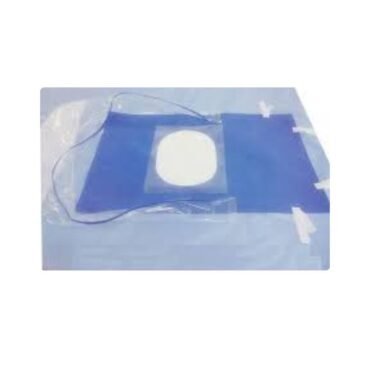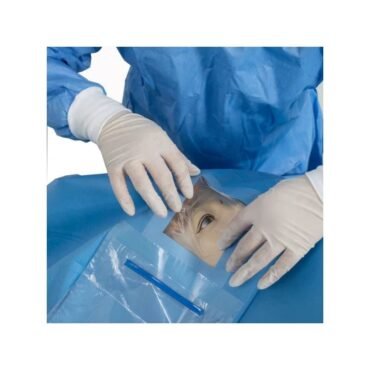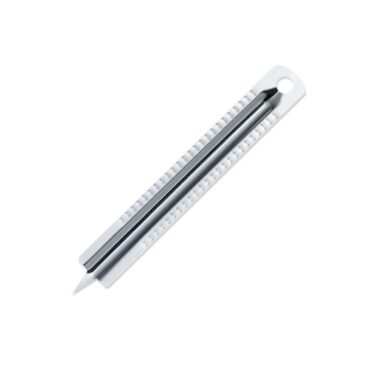Disposable Helmet Hood
Trade Name: Generic
Get the best price and availability for bulk orders—contact us now!
Application Techniques for the Disposable Helmet Hood in Reducing Contamination in Arthroplasty Surgery?
Disposable Helmet Hood Background
Infection of the prosthetic joint during arthroplasty surgery may be increased by contamination of the surgeon during gowning. One frequent piece of personal protection equipment used in this kind of surgery is surgical helmets. There is a growing emphasis on how to apply the surgical hood and gown while donning these helmets.
Methods Disposable Helmet Hood
The surgical helmet’s airflow port was utilised to apply ultraviolet fluorescent powder to simulate an airborne contamination. Seven application techniques for surgical gowns and helmets were looked at. Eleven different body locations’ levels of pollution were assessed using an ultraviolet lamp. Minor contamination was defined as the presence of fewer than 10 particles in a single body location, and major contamination as the presence of more than 10 particles.
Conclusion
To reduce the amount of contamination on the surgeon’s gown, it is our recommendation that the surgical hood be put on by an unsterile theatre assistant and that the surgical helmet system be turned on after the surgeon has put on inner gloves.
Keywords: Helmet, arthroplasty, surgery, and orthopaedics
Introduction
The burden of prosthetic joint infection (PJI) is a subject of increasing concern as the number of hip and knee joint replacements implanted each year rises in Australia [1] [2]. Using a negative pressure inflow-outflow system, the original Charnley whole body exhaust-ventilated suit was created to lessen contamination of the operating room. The exhaust-ventilated suit’s inflow-outflow tubes were bulky, which led to the development of the contemporary surgical helmet. These gadgets use a fan on the helmet’s upper side to draw air in, which is then circulated inside the space that the surgical gown and disposable hood cover create.
We are a Global Wholesaler what’s Also, As an exporter from India, I work with in excess of five nations, including the UAE, Saudi Arabia, Oman, Qatar, and Myanmar. I quickly saw that you were searching for an alternate product brand or click here.







